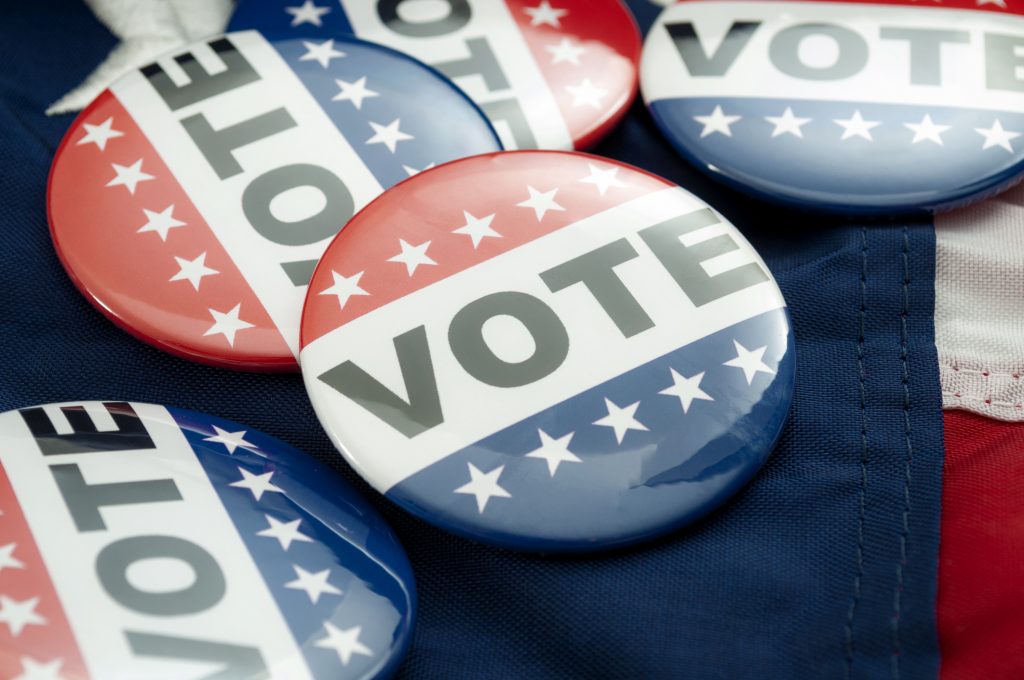
Although education has hardly been a major issue during this campaign, apart from the school reopening question, next month’s elections will have a profound effect on public education in the U.S. and the traditionally accepted, bipartisan policy of using federal incentives to encourage states to supplement and boost the funding of schools that serve low-income, minority, and multilingual students.
The fact that these elections are happening during a pandemic, when many schools have been forced to go online, has dented the appeal of large public institutions, but we must recognize the long-term benefits of a solid, nationwide public education system.
Despite threats to defund the Department of Education during his first term, President Trump and his secretary of education Betsy DeVos have concentrated on expanding school choice and redirecting funds previously directed to public schools serving lower-income students to private and charter schools.
Just last month, a federal judge ruled against a Department of Education rule directing states to give private schools a bigger share of the $13.5 billion that Congress earmarked for schools in the Coronavirus Aid, Relief, and Economic Security (CARES) Act to mitigate economic damage from the pandemic. Should the administration make another conservative appointment to the Supreme Court prior to the election, many of the established rules promoting educational equity could be overturned over the next few years.
During this era of social distancing, the idea of school choice is gaining popularity among a wide range of voters; however, school choice is a broad term that includes publicly funded charter schools, for-profit schools, and school vouchers. Despite this support, there is a general agreement that funding of the public school system should be weighted to ensure that low-income groups have access to a quality education.
The Democrats have committed to closing the school funding gap by tripling Title I funding, which benefits schools that serve low-income students, and incentivizing states to adopt progressive funding formulas that direct resources to the schools that need it most. They have claimed that they will ensure “sustainable, reliable funding for rural schools and Bureau of Indian Education schools” without providing specifics.
Democrats oppose private school vouchers, and they say that they will ban for-profit private charter businesses from receiving federal funding, increase accountability for charter schools, and require all charter schools to meet the same standards of transparency as traditional public schools, including with regard to civil rights protections, racial equity, admissions practices, disciplinary procedures, and school finances. Federal funding for new, expanded charter schools or for charter school renewals on a district’s review of whether the charter will “systematically underserve the neediest students,” according to their manifesto. A new coronavirus relief bill released by House Democrats would allocate $175 billion to help K–12 schools, about three times the amount in their previous proposal. The bill would not require schools to offer in-person instruction to receive funding, unlike the Senate Republicans’ proposal for $70 billion in relief for public and private schools based on them offering some kind of face-to-face instructional time and an expansion of school choice.
Congress looks set to become the battleground for educational ideology, as it should be if the influence of federal funding is the key policy tool. So, instead of focusing on the presidential election, students, particularly those from lower-income (including minority and multilingual) families, may be better served if educators and educational activists focus their attention on key congressional contests.





